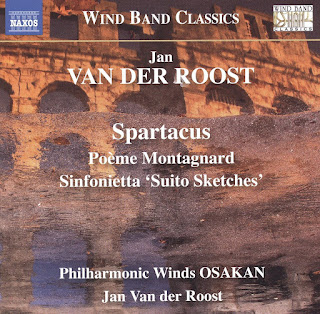Thanks... I think
- It's remarkable in favor of me to have a web site, which is valuable in support of my experience. [I'm not in favor of that. I mean you.]- I'm amazed, I have to admit. Rarely do I come across a blog that's both educative and entertaining and without a doubt you have hit the nail ion the head. The issue is something which too few folks are speaking intelligently about. [Oh, we're all about educative process here.]
-Whoah this blog is magnificent really like studying your aritcles. Stay up the good work! [I promise to stay it up, pardner!]
- Somebody necessarily lend a hand to make critically articles I would state. [Say, are you saying I don't write my own stuff?]
Still lumbering along
My modest post, The Straco Express Layout, Part 23 - Lumbering Along continues draw comments. Remember -- this is a short post about an inexpensive tin toy truck made in Japan. It has virtually no collectible value or even interest in the toy community. |
| That green lumber truck -- that's what all the hubbub's about. |
- Have you ever considered about including a little more than just your articles? I mean, what you say is fundamental and all. Nevertheless think about if you added some great photos or videos to give your posts more pop. [ It HAD photos! What do you want from me?]
- Plenty of useful information here. I am sending it to some friends ans also sharing in delicious. And naturally, thanks on your sweat! [Sure, no sweat! I mean...]
- Hi there, this weekend is pleasant for me, because this point in time I am reading this enourmous informative piece of writing here at my home. [Amazing how a 200-word post -- enormous -- can just take up an entire weekend.]
And finally....
Now I know why the phrase "fastidious" is in decline. It's all my fault.- I think that everything posted made a great deal of sense. But, think about this, what if you added a little content? I me, what if you added a title that makes people desire more? I mean "Fastidious Spam" is a little plain
That's all for this month. Stay it up, and remember to thank your sweat.















































